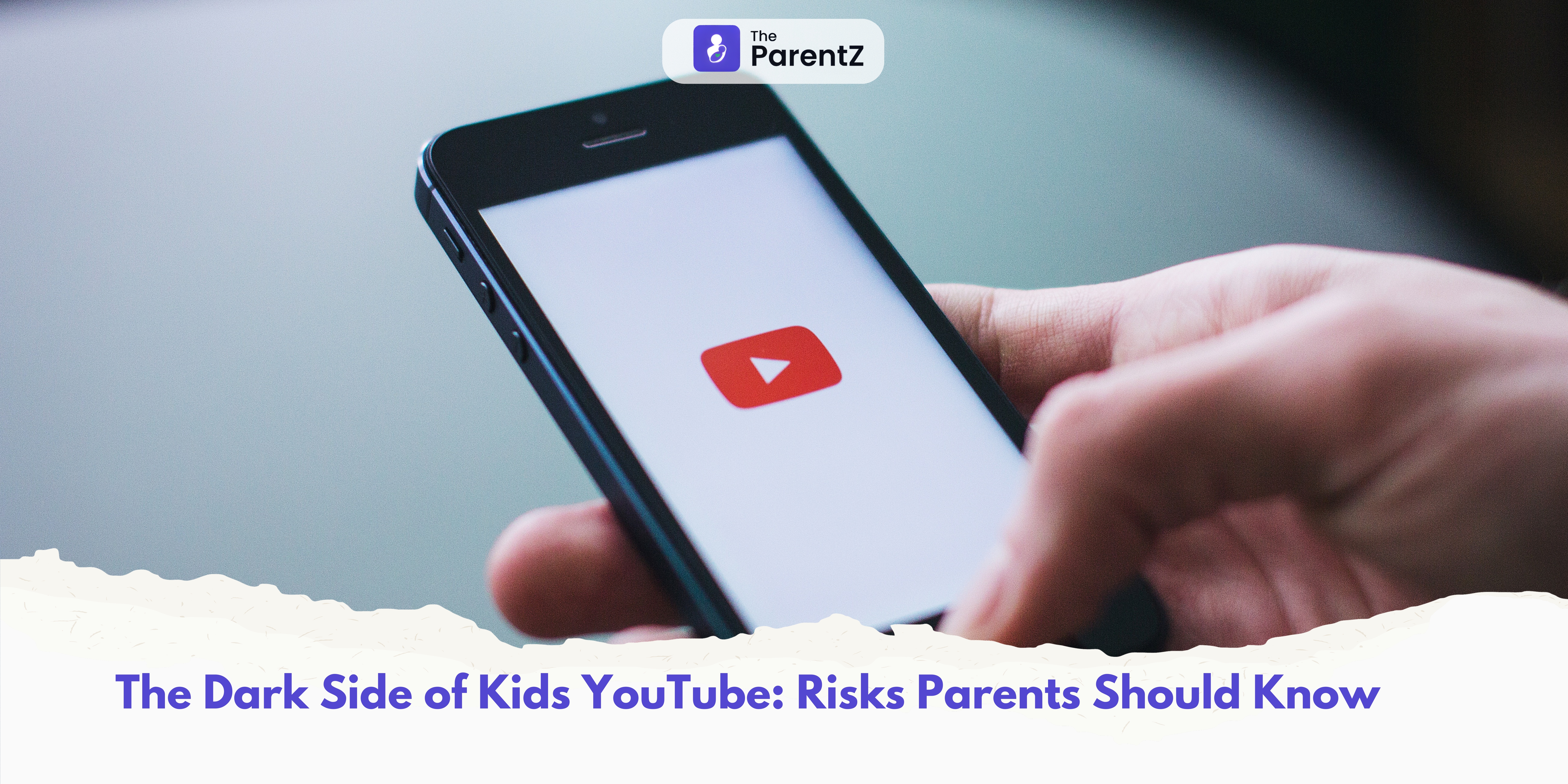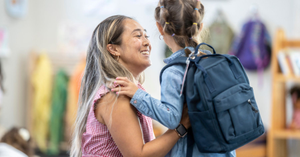While YouTube can be a goldmine for educational and entertainment content, it also has a darker side when it comes to kids. From inappropriate content slipping through algorithms to the addictive nature of the platform, there are significant concerns for parents. This article explores the risks, how to mitigate them, and provides answers to common questions.
What’s the Appeal of Kids YouTube?
- Variety: YouTube offers an endless variety of content—educational videos, cartoons, unboxing toys, and DIY crafts.
- Accessibility: It’s easy for kids to navigate on tablets, phones, or smart TVs, and there’s always something new to watch.
- Interactive Learning: Many educational YouTube channels teach subjects like science, math, and reading in fun and interactive ways.
What Are the Risks?
- Inappropriate Content: While YouTube tries to filter out adult content, inappropriate videos can still slip through. Some videos, disguised as children’s content, may feature disturbing or harmful themes.
- Addiction: The algorithm encourages continuous watching by auto-playing videos. Kids can quickly fall into the trap of mindless binge-watching.
- Targeted Advertising: Ads are often targeted at children, who are more impressionable. This can lead to unhealthy consumer habits, particularly with toys, junk food, and mobile games.
- Privacy Concerns: Many videos track user data, raising concerns about children’s privacy online.
How Can I Protect My Kids?
- Use YouTube Kids: YouTube Kids is a separate platform designed specifically for children. While it’s safer than the regular platform, it’s not foolproof.
- Parental Controls: Set up parental controls to restrict what your child can view. You can also create a custom playlist of pre-approved content.
- Monitor Screen Time: Set time limits for how long your child can use YouTube. Too much screen time can impact sleep, physical activity, and even social development.
- Teach Digital Literacy: Explain to your kids the difference between ads, sponsored content, and entertainment. Teach them not to click on random links or advertisements.
What Should I Look for in Safe Kids' Content?
- Educational Value: Look for channels that teach skills, subjects, or encourage creativity.
- No Ads or Sponsorship: Some channels offer ad-free content or clearly distinguish between entertainment and advertisements.
- Age-Appropriate: Check the recommended age for the content. What might be appropriate for a 10-year-old could be too much for a 5-year-old.
Are There Any Benefits?
- Learning Opportunities: When managed correctly, YouTube can be a great learning tool. Channels like “National Geographic Kids” and “SciShow Kids” provide educational content that makes learning fun.
- Creativity and DIY: Craft and DIY channels encourage hands-on learning and creativity, turning screen time into productive time.
Conclusion
YouTube can be both a blessing and a curse for parents. By taking an active role in monitoring and guiding what your child watches, you can ensure a safer and more enriching experience. Always be cautious, and remember that YouTube should complement, not replace, other activities in your child’s life.








Be the first one to comment on this story.